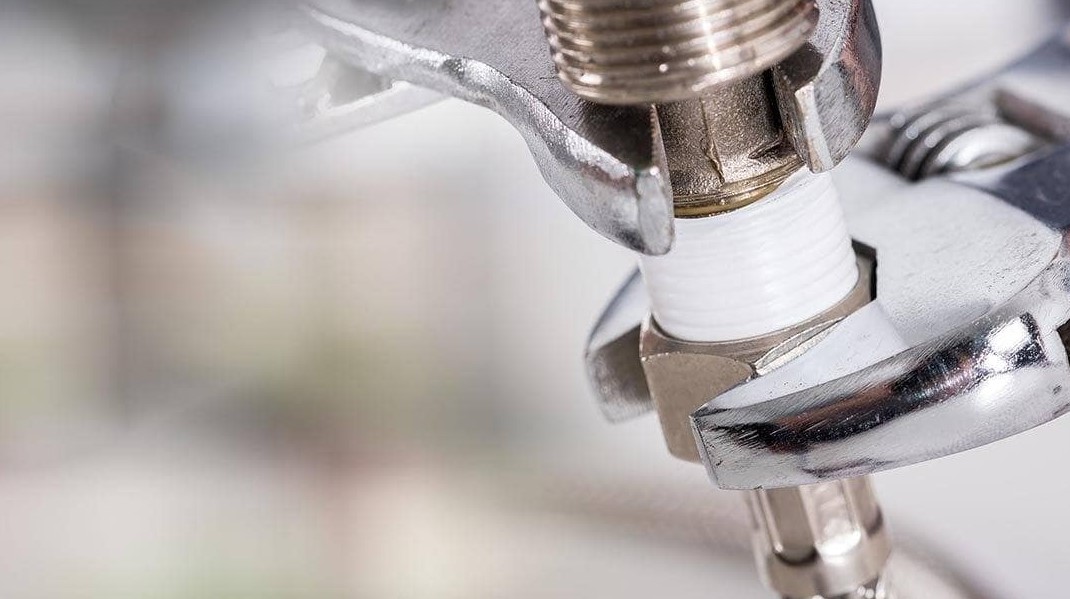
Everything you need to know about plumbing fixtures
Plumbing fixtures are essential components of any plumbing system, as they provide access to water and facilitate its use in various household tasks. Here’s everything you need to know about plumbing fixtures:
1. Types of Plumbing Fixtures:
-
Faucets: Faucets control the flow of water from pipes to sinks, basins, or other plumbing fixtures. They come in various styles, including single-handle, double-handle, and touchless.
-
Sinks: Sinks are used for washing hands, dishes, and other items. They are available in a variety of materials, such as porcelain, stainless steel, and cast iron.
-
Toilets: Toilets are sanitation fixtures used for waste disposal. There are different types, including gravity flush, pressure-assisted, and dual-flush toilets.
-
Showers: Showers are used for bathing and come in different styles, such as overhead rain showers, handheld showers, and wall-mounted showers.
-
Bathtubs: Bathtubs are used for soaking and bathing. They come in various shapes, sizes, and materials, including acrylic, fiberglass, and cast iron.
-
Bidets: Bidets are fixtures used for personal hygiene after using the toilet. They are less common in some regions but are popular in others.
-
Utility Sinks: Utility sinks are larger, deeper sinks typically used in laundry rooms, garages, or basements for tasks like cleaning tools or washing pets.
2. Fixture Materials:
- Plumbing fixtures can be made from various materials, each with its own advantages and considerations.
- Common materials include porcelain, ceramic, stainless steel, cast iron, acrylic, and fiberglass.
3. Fixture Installation:
- Proper installation is crucial for the functionality and longevity of plumbing fixtures.
- Many fixtures require a drain assembly and water supply lines to be connected during installation.
- Always follow manufacturer instructions and consider hiring a professional for complex installations.
4. Maintenance and Care:
- Regular maintenance is essential to keep fixtures in good working condition.
- Clean fixtures regularly to prevent mineral buildup and staining.
- Address leaks and drips promptly to conserve water and prevent damage.
5. Water Efficiency:
- Consider water-efficient fixtures to reduce water consumption and lower utility bills.
- Look for fixtures with the Waterhens label, which indicates they meet water efficiency standards.
6. Fixture Upgrades:
- Upgrading fixtures can improve the aesthetics and functionality of your bathroom or kitchen.
- Consider factors like style, finish, and features when choosing new fixtures.
7. Fixture Repairs:
- Common plumbing fixture repairs include fixing leaks, replacing washers or cartridges, and addressing clogs.
- Many minor fixture repairs can be done as DIY projects, but more complex issues may require professional assistance.
8. Accessibility Features:
- Consider fixtures with accessibility features like grab bars, raised toilet seats, and barrier-free showers for aging in place or accommodating individuals with mobility challenges.
9. Fixture Replacement:
- Over time, fixtures may wear out or become outdated. When replacing fixtures, ensure compatibility with existing plumbing connections.
10. Local Codes and Regulations: – Ensure that any plumbing fixture installations or replacements comply with local building codes and regulations.
Remember that plumbing fixtures are a significant investment in your home, and proper maintenance can extend their lifespan and save you money on water bills and repairs. If you’re unsure about installation, repairs, or upgrades, consult with a licensed Plumbing supply san Francisco or contractor for guidance and assistance.



